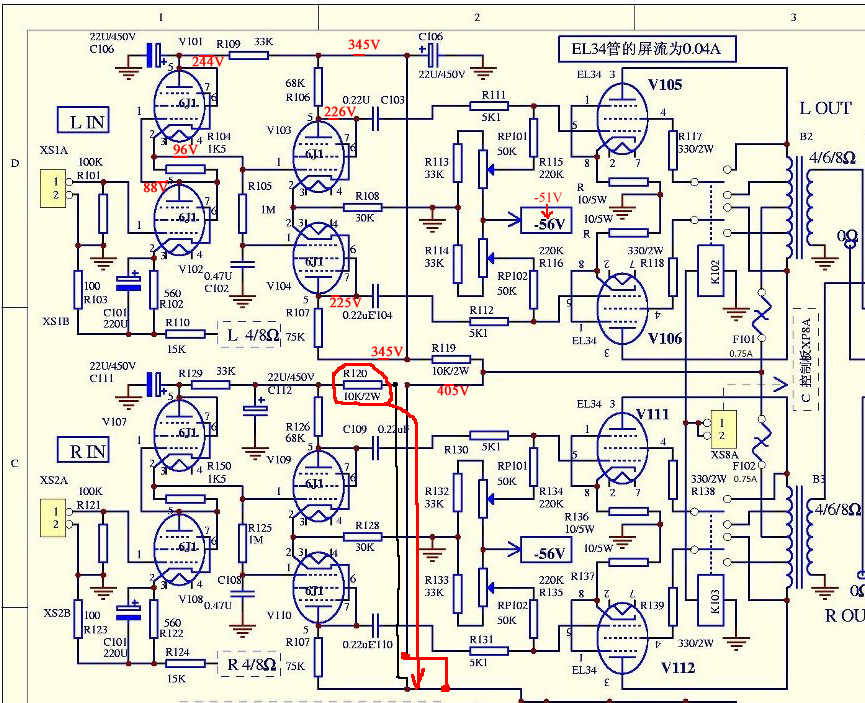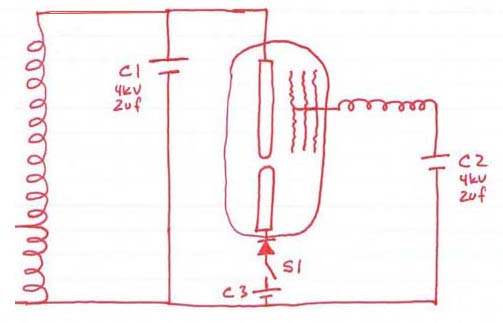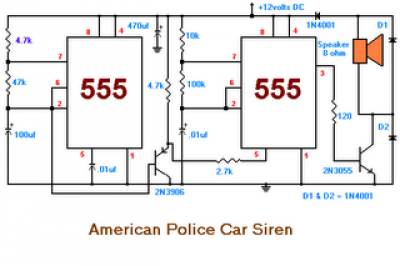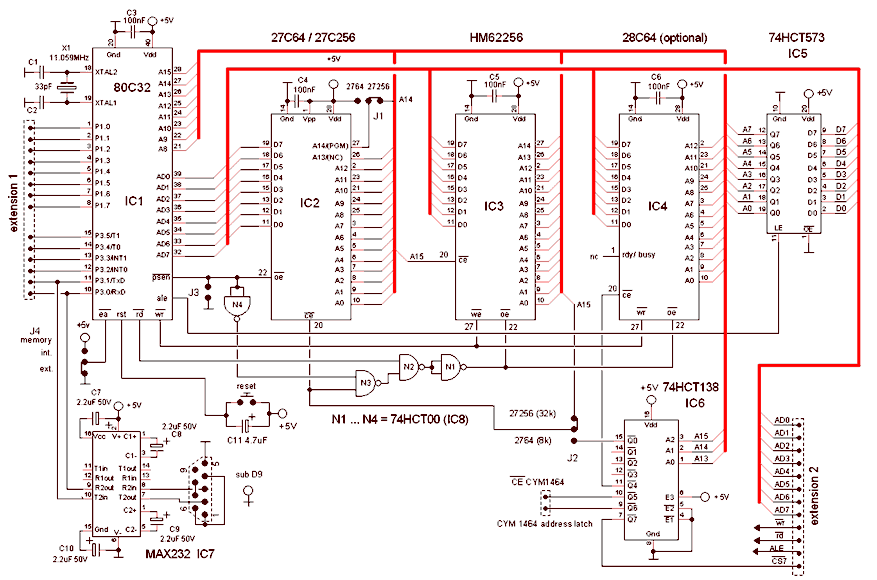
Police and airplane reception tube reciever
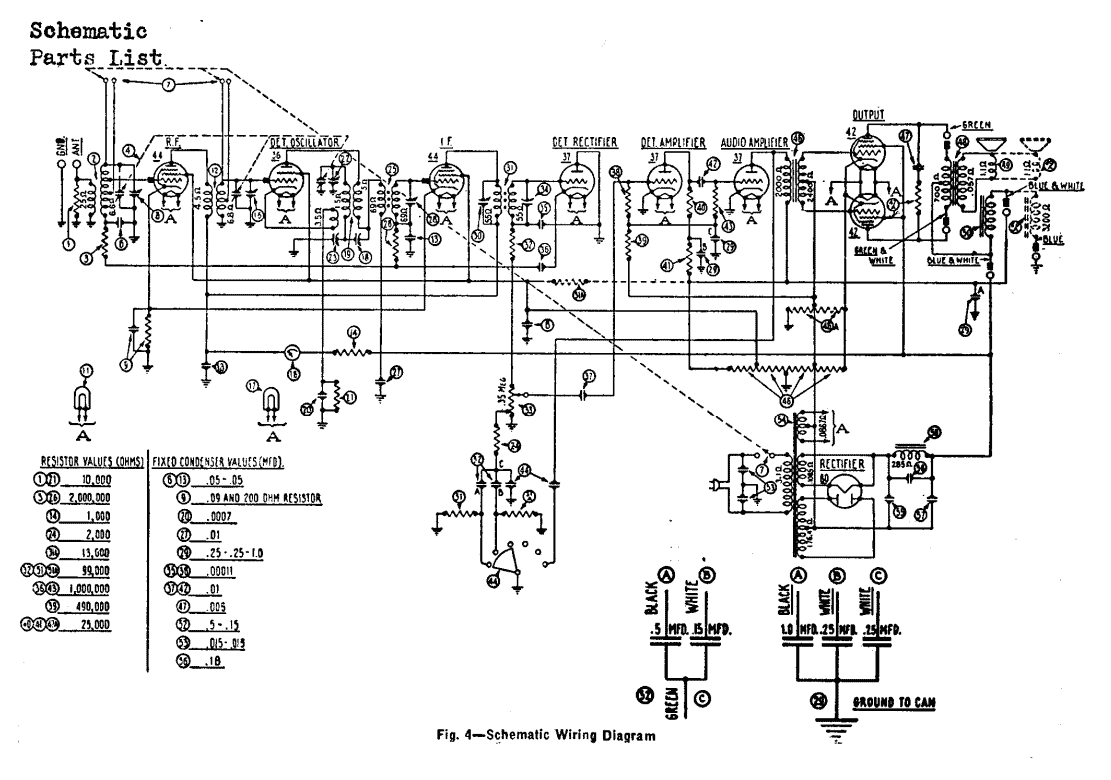
The Philco radio is a nine tube superheterodyne receiver combining standard broadcast, police and airplane reception and employs the high efficiency 6.3 volt filament tubes, automatic volume control, bass compensating tone control, shadow tuning and push pull pentode output.
The Philco radio operates as a nine-tube superheterodyne receiver, which is a configuration known for its effectiveness in receiving a variety of radio frequencies. This design allows the radio to seamlessly tune into standard broadcast frequencies, as well as specialized bands for police and airplane communications.
The use of high-efficiency 6.3-volt filament tubes contributes to the radio's overall performance, providing adequate power for the amplification stages while minimizing power consumption. These tubes are integral to the radio's signal processing capabilities and are chosen for their reliability and efficiency.
Automatic volume control (AVC) is a key feature in this radio, allowing for consistent audio output levels despite fluctuations in signal strength. This feature enhances the listening experience by automatically adjusting the gain of the audio signal, ensuring that loud and soft passages are balanced effectively.
The bass compensating tone control provides users with the ability to adjust the sound profile to their preference, enabling a richer audio experience by emphasizing lower frequencies. This control allows for customization based on the type of content being played, whether it be music or spoken word.
Shadow tuning is another innovative feature that aids in precise tuning of the radio. This mechanism helps the user to visually align the tuning dial with the signal, ensuring optimal reception and clarity of sound.
The push-pull pentode output stage enhances the overall audio fidelity by allowing for greater power output and improved linearity. This configuration helps to minimize distortion, providing a clearer and more powerful sound output.
Overall, the Philco radio represents a sophisticated integration of various technologies aimed at delivering a versatile and high-quality listening experience across multiple frequency bands.The Philco radio is a nine tube superheterodyne reciever combining standard broadcast, police and airplane reception and employs the high efficiency 6.3 volt filament tubes, automatic volume control, bass compensating tone control, shadow tuning and push pull pentode output. 🔗 External reference
The Philco radio operates as a nine-tube superheterodyne receiver, which is a configuration known for its effectiveness in receiving a variety of radio frequencies. This design allows the radio to seamlessly tune into standard broadcast frequencies, as well as specialized bands for police and airplane communications.
The use of high-efficiency 6.3-volt filament tubes contributes to the radio's overall performance, providing adequate power for the amplification stages while minimizing power consumption. These tubes are integral to the radio's signal processing capabilities and are chosen for their reliability and efficiency.
Automatic volume control (AVC) is a key feature in this radio, allowing for consistent audio output levels despite fluctuations in signal strength. This feature enhances the listening experience by automatically adjusting the gain of the audio signal, ensuring that loud and soft passages are balanced effectively.
The bass compensating tone control provides users with the ability to adjust the sound profile to their preference, enabling a richer audio experience by emphasizing lower frequencies. This control allows for customization based on the type of content being played, whether it be music or spoken word.
Shadow tuning is another innovative feature that aids in precise tuning of the radio. This mechanism helps the user to visually align the tuning dial with the signal, ensuring optimal reception and clarity of sound.
The push-pull pentode output stage enhances the overall audio fidelity by allowing for greater power output and improved linearity. This configuration helps to minimize distortion, providing a clearer and more powerful sound output.
Overall, the Philco radio represents a sophisticated integration of various technologies aimed at delivering a versatile and high-quality listening experience across multiple frequency bands.The Philco radio is a nine tube superheterodyne reciever combining standard broadcast, police and airplane reception and employs the high efficiency 6.3 volt filament tubes, automatic volume control, bass compensating tone control, shadow tuning and push pull pentode output. 🔗 External reference
